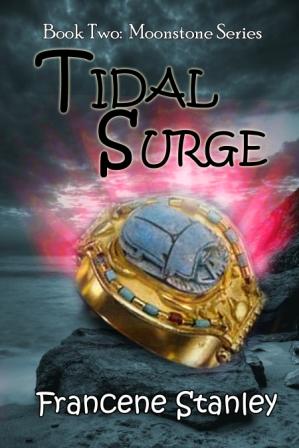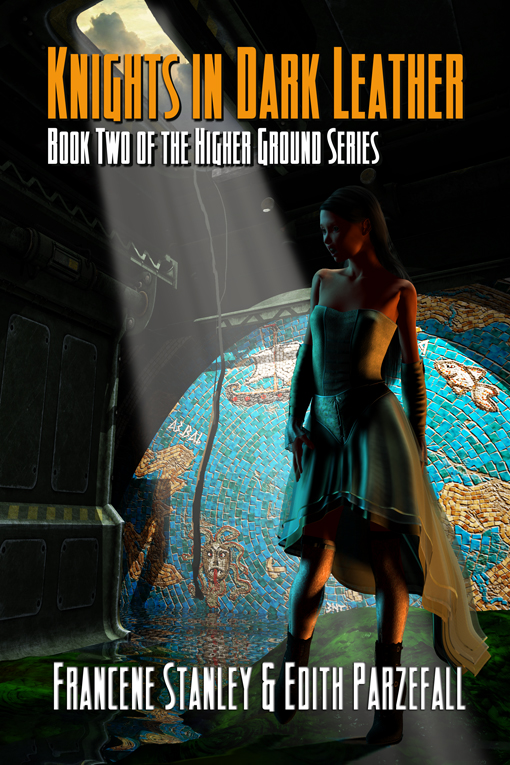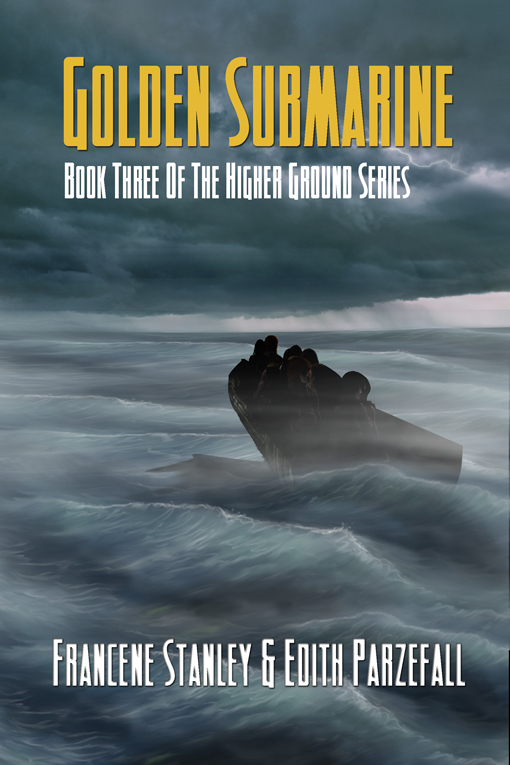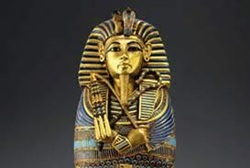
It was one of the greatest mysteries of the ancient world as to whether the Egyptian boy pharaoh was murdered, contracted leprosy or even died from snakebite. Now, 91 years after English archaeologist Howard Carter discovered his tomb in the Valley of the Kings, there is new evidence to suggest the pharaoh died after being struck in the torso by a speeding chariot. The chariot discovery was made by Dr Chris Naunton, director of the Egypt Exploration Society, after reading Carter’s notes, which were never published. Read more.
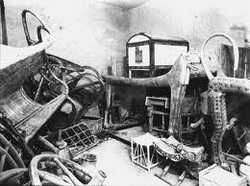
In 1922 the revelation of the virtually intact tomb of Tutankhamun became probably the best known and most spectacular archaeological find anywhere in the world. His sarcophagus was covered in gold that would be needed by the king in his afterlife. The small tomb contained hundreds of objects now housed in the Egyptian Museum in Cairo. Many of the tomb goods that would be needed by the king in his afterlife were richly decorated and covered in gold.
After passing an inspection before being allowed entry, my husband and I visited the Cairo museum in 1988 and stared open-mouthed at the treasures on display. At that time, guards armed with old rifles stood around the room and occupied every doorway. I don't know which part of the exhibition raised more goose bumps—treasure or danger.
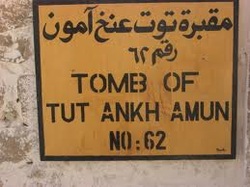
So—the death could have been a simple accident or a convenient way to dispose of the king and revert to the old ways without arousing suspicions.
I don't know about you, but I'm fascinated by ancient Egypt. My lead figure, Liliha in the Moonstone series of novels, wears an ancient Egyptian ring which causes visions. In the co-written futuristic Higher Ground series, the band of unlikely adventurers from Cornworld (Cornwall) travel all the way to Long Doom (London) to find the ring in the British Museum.
According to my research, the mysterious Princess Meritaten, Tut's sister, arrived in Ireland shortly after his death. Ireland is across a short stretch of water from Cornwall. In the novel Still Rock Water, Liliha's grandmother gifted the ancient ring to her. From tales like these, myths are made.

 RSS Feed
RSS Feed

